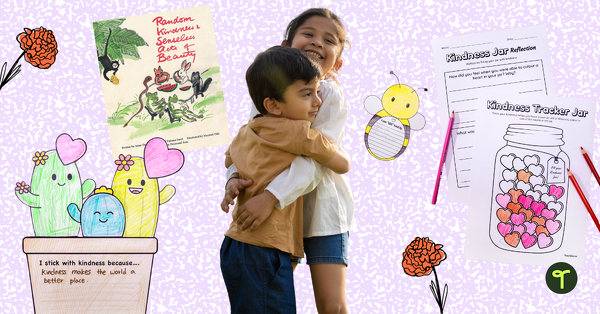Kindness isn’t just a good habit. It is the cornerstone of a happy, connected classroom. Teaching kindness to elementary students shapes not only how they treat each other but also how they feel about themselves and the world. Classrooms that celebrate respect and empathy become places where kids feel safe, accepted, and ready to learn. It’s about more than smiles and polite words. Kindness boosts emotional and academic growth, building stronger communities inside and outside school.
Core Principles of Kindness for Young Learners
Kindness isn’t just about being “nice.” It’s about real empathy: understanding how others feel and responding with respect. Kids learn to include those left out and stand up for what’s right, even when it’s hard. Respect for differences, whether in race, ability, or opinion, teaches kids that everyone deserves compassion. When children value these principles, they help build trust with their classmates and set a pattern for healthy relationships throughout their lives.
Effective Strategies and Activities for Teaching Kindness
Teachers have many practical tools for making kindness part of classroom life. Evidence shows that lessons stick best when students see, talk about, and practice kindness daily.
Modeling and Discussing Kindness
Adults shape kids’ understanding by what they do and say. When teachers greet students warmly, step in to help each other, and talk honestly about forgiveness, kids mirror those behaviors. Open conversations—sometimes sparked by books or real life—clarify what kindness looks like in action. Simple questions like “How would you feel if…?” invite students to imagine others’ perspectives.
Interactive Kindness Activities
Learning grows when students get involved. Try activities like:
- Role-plays: Act out scenarios to practice helpful responses.
- Kindness bingo or chains: Celebrate every kind deed to create a visual record of good actions.
- Group service projects: Work together to help classroom or community.
- Circle time games: Encourage empathy and sharing, with ideas from classroom kindness activities.
Celebrating Acts of Kindness
Catch students in the act of being kind. Public “shout-outs,” story-sharing, or wall displays help kind actions stand out. When kindness is noticed and valued, kids are inspired to keep it going.
Integrating Kindness into School Culture
Making kindness routine means it drives daily decisions, not just special lessons. Schools can weave kindness into announcements, assemblies, and their core rules. Some adopt programs like “Kindness Week” or build ongoing partnerships with organizations dedicated to positive school culture. Including families strengthens the message at home and at school.
Conclusion
Kindness education leaves a mark that lasts a lifetime. By teaching kids to care, include, and respect, educators lay the foundation for resilient, thoughtful students and thriving classrooms. Let’s make kindness as fundamental as math or reading, because it shapes the heart, not just the mind.



